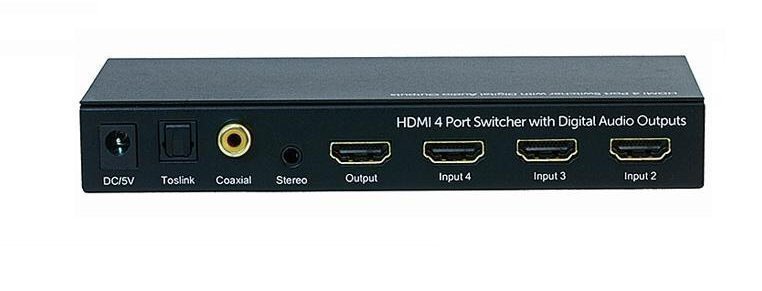Many people in the multimedia industry informally refer to the Windows Media File format as the VC-1 format. Its formal name is the SMPTE 421 M standard. Microsoft initially released it in the spring of 2006 and it is widely supported on DVD players, Windows Media Player 9 and newer, and Blu-ray. WVC1 is the Windows Media Video 9 Advanced Profile that is Microsoft’s implementation of the advanced profile in the VC-1 standard definition. WVC1 offers support for interlaced or combined content and is an alternative option to the MPEG-4 codec. WVC1 is supported by Windows Media Player 11, which can be downloaded for Windows XP and is bundled with Windows Vista.
VC-1 Multimedia Format
The VC-1 codec is an alternative to the popular MPEG-4 video codec and provides tools that allow interlaced video sequences and progressive encoding. The primary goal of VC-1 is to support the compression of interlaced content without first converting it to a progressive format, so that live video and other broadcast types can deliver higher quality products. Although Microsoft originally developed codec, more than 15 companies joined them in the VC-1 patent pool shortly after the original release in 2006. The codec can be openly implemented by non-patent holders, but the MPEG licensing body might still charge licensing fees. Besides being implemented by HD DVD and Blu-ray disk players as a supported video standard, VC-1 is the primary standard supported on Xbox 360 and Play Station 3.
VC-1 Codec Implementation Formats
The VC-1 codec has been implemented in three separate parts. The first is the WMV3 standard that supports progressive video encoding for computers. Interlaced encoding started with WMV3, but Microsoft abandoned it when work was initiated on a succeeding video standard. WMV3 supports the main modes of the VC-1 standard and high quality downloaded video with variable bit encoding.
WMVA was Microsoft’s original implementation of the advanced profile prior to accepting the VC-1 draft standard. WMVA was deployed with Windows Media Player 10 and requires a different DirectShow decoder from WMV3. WMVA is not considered VC-1 specification compliant, and is no longer supported by Microsoft.
WVC1 is also known as the Windows Media Video 9 Advanced profile, and implements more of the VC-1 codec Advanced Profile. It delivers content at data rates that are almost 1/3rd of MPEG-2 codecs at equivalent video quality. Microsoft Silverlight, Windows Media Player 11, new HD DVD players, and Blu-ray devices support the file format. The implementation is designed to be more attractive to those digitizing and showing live video. Storage requirements are typically 150 times less than what MPEG-2 based video required. It has the ability to store 1 second of 1080/25p (or full HD PAL broadcast video) in less than 1 megabyte unlike the 155 Megabytes required for uncompressed HD footage.




Follow Us!